As 80th anniversary of war victory nears, memories of Japanese crimes still vivid
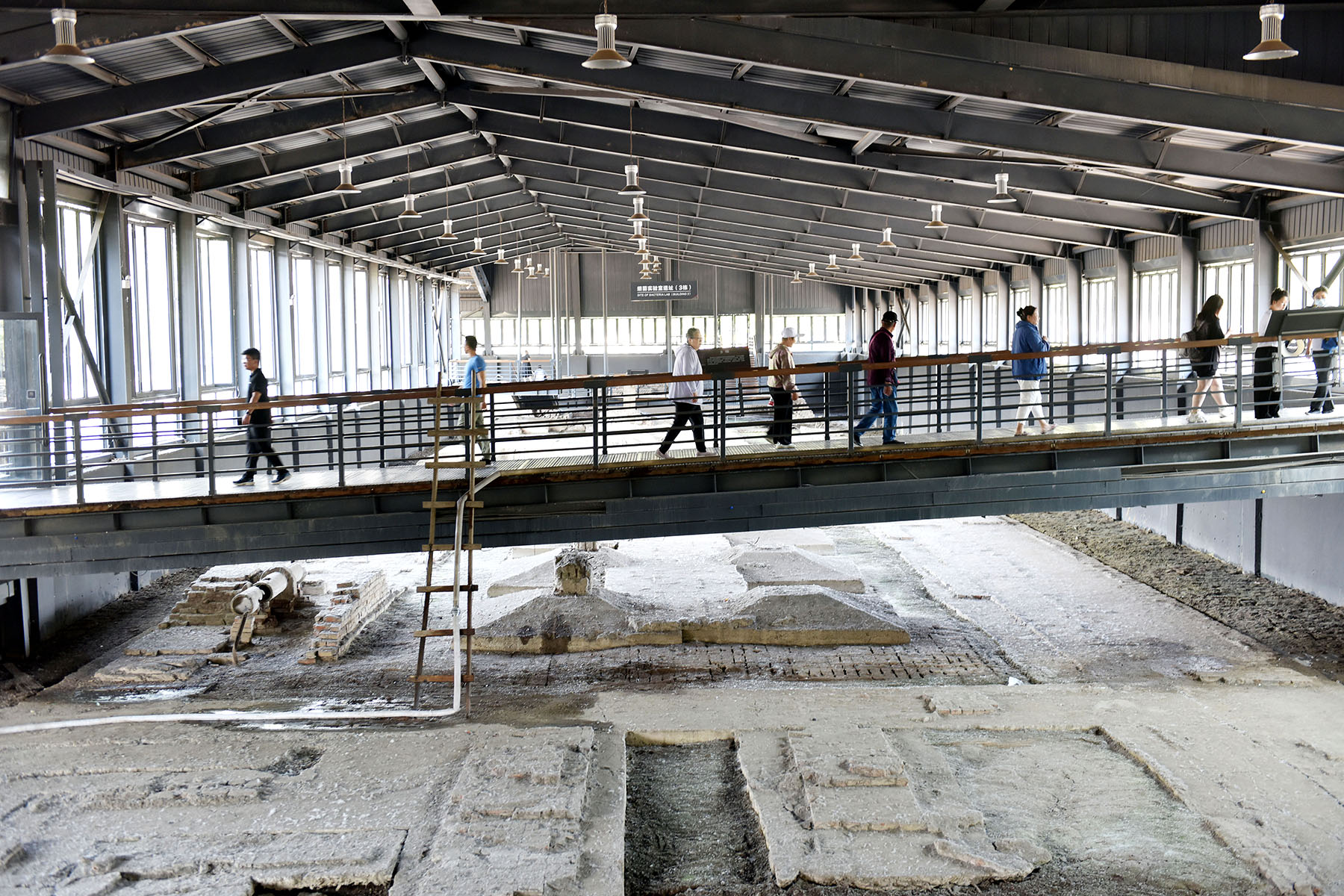
In early June, a painful episode in China's history unfolded before an audience at the Zhejiang Provincial Archives in Hangzhou, Zhejiang province, as the confession of a Japanese war criminal was presented by leading researcher Wang Xuan.
Wang, president of the Zhejiang Provincial Historical Society's research association on the Chinese People's War of Resistance Against Japanese Aggression (1931-45) and director of the Yiwu Biological Weapons Archives Research Center, read the account, which has served as strong evidence of the Japanese army's bacteriological warfare in China.
"It indicates that the area where the Japanese troops spread the bacteria was centered around Jinhua in Zhejiang," Wang said at the event.
READ MORE: Newly released rosters shed light on Japan's germ-warfare units in China
This year marks the 80th anniversary of the victory in the Chinese People's War of Resistance Against Japanese Aggression and the World Anti-Fascist War. It is also the 60th anniversary of the founding of the Zhejiang Provincial Archives.
During the war, Zhejiang was one of the regions severely affected by the Japanese army's bacteriological warfare program. Chongshan in Yiwu — Wang's hometown — was one of the villages deeply impacted by the plague.
In 1940, Japanese Unit 731, the notorious germ warfare detachment of the Imperial Japanese Army, spread plague-infected fleas in Quxian county. The outbreak quickly spread to Yiwu, causing the epidemic to escalate.
The plague in Yiwu continued until 1944, affecting over 80 villages and taking the lives of more than 1,300 people.
Gruesome reckoning
Wang first learned about Japan's bacteriological warfare program in 1995 from a newspaper article, while working at her husband's trading company in Japan.
With support from her husband, she quit her job and devoted herself to the campaign to expose the crimes of Unit 731. Now 73 years old, she has become one of China's leading researchers into Japan's use of biological weapons during World War II.
Her quest began with the collection of evidence in Japan. She contacted Japanese historians and researchers to learn about the background of the unit and to gather relevant material.
She also visited Japanese military veterans who had participated in the biological warfare program, attempting to obtain firsthand evidence from them.
"Most of these veterans were elderly. Some of them began to reflect on their past and were willing to tell me about what happened back then," she said. "I still remember the first veteran I interviewed who was over 80 years old at that time and lived in a small town.
"When I first met him, he appeared very nervous," she said. "I told him that I just wanted to learn the truth and let more people know about the crimes of Unit 731."
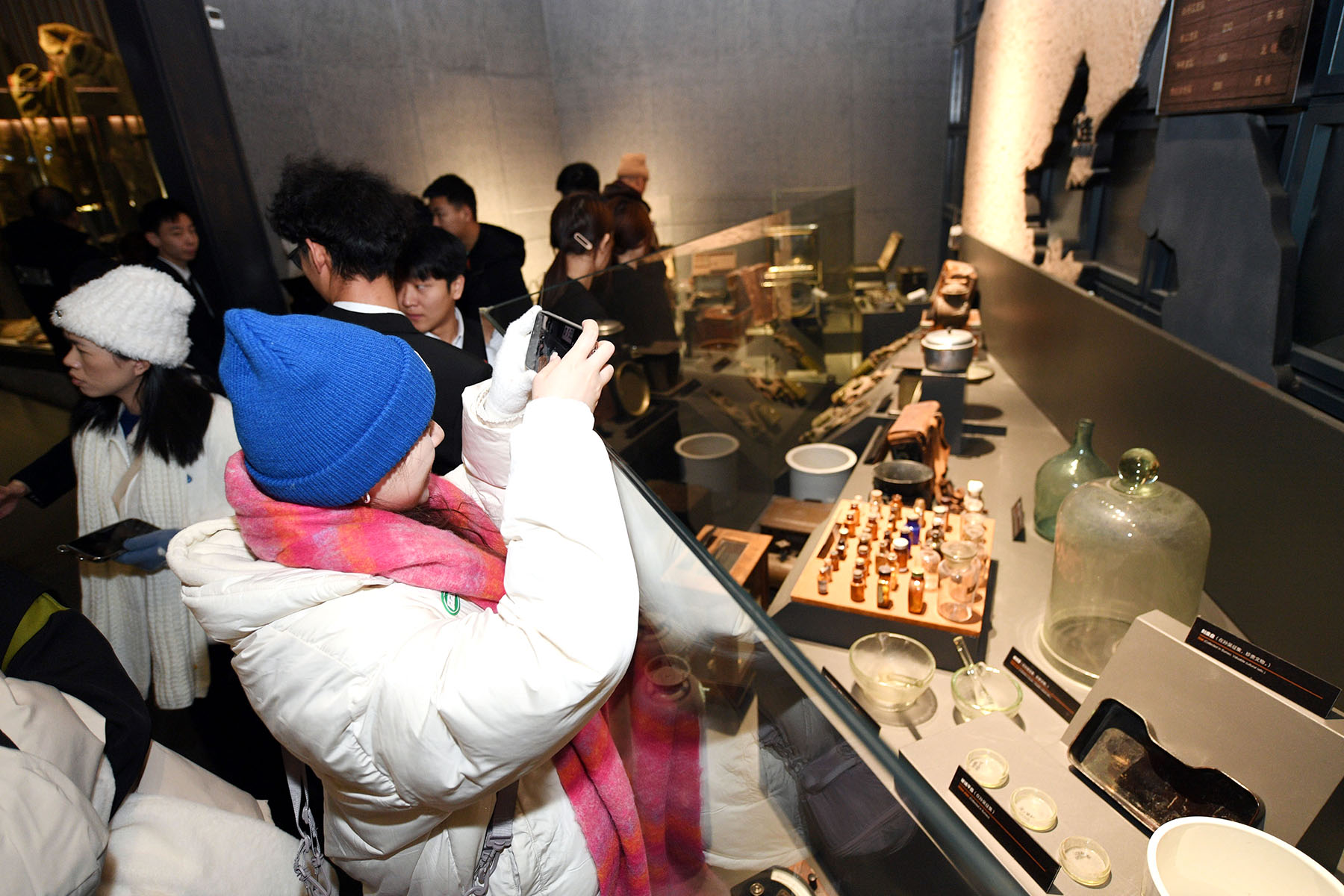
After remaining silent for a long time, the veteran finally opened up to Wang.
"He described the cruelty of those experiments — how they tied living people to the operating table, performed dissections, injected germs, and even conducted live dissections," said Wang. "I noticed that his voice trembled, and his eyes were filled with remorse."
A Japanese civilian group and Japanese lawyers she worked with finally organized 180 bacteriological warfare victims or their families to launch legal action. The firsthand experiences of some of them became crucial evidence for a lawsuit.
In 2002, Wang led China's largest plaintiffs' group — with 180 members, including herself — in a lawsuit against the Japanese government.
On Aug 27, 2002, the Tokyo District Court rejected a demand for Japanese government compensation after some 28 hearings. However, the court declared for the first time that the deployment of biological weapons was a strategic part of Japanese war plans and was carried out under orders from the central army command.
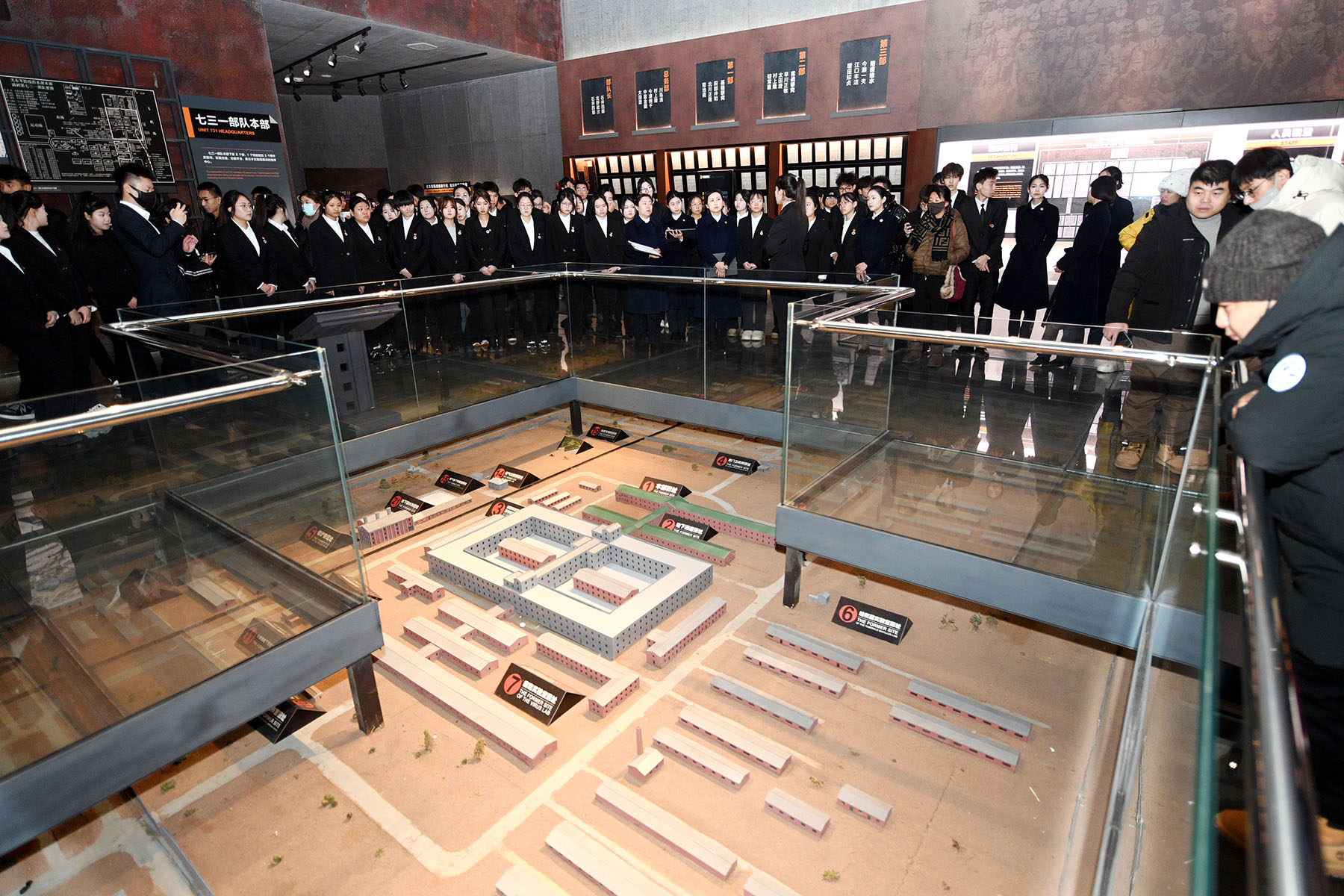
Anthrax bomb tests
Over the past three decades, Wang has worked with a number of Japanese World War II historians, especially those who have focused on germ warfare.
One of them, Shoji Kondo, interviewed about 300 veterans of the Imperial Japanese Army, including many associated with its biological weapons program.
"The testimonies show that experiments to test the effectiveness of anthrax bombs were conducted on humans at the unit's headquarters in Harbin in Northeast China's Heilongjiang province," said Wang.
"The subjects were tied to stakes while bombs containing the anthrax bacteria exploded in the air above their heads. The numerous tiny shards spread by the blasts were expected to cut through the skin to cause anthrax infection."
In 1936, Unit 731 established a top-secret biological and chemical warfare research base in Pingfang district in Harbin that tested bacteria on live humans, conducted various cruel human experiments, and let victims die in extreme agony.
Unit 731 was the earliest Japanese biological warfare special force, the largest in scale, and staffed by many professionals. It was well equipped with facilities, according to the Exhibition Hall of Evidences of Crime Committed by Unit 731 of the Japanese Imperial Army.
Consisting of a headquarters, four detachments, and one health research institute, it served as the center of Japanese biological warfare in China and Southeast Asia.
At least 3,000 people were used for human experiments by Unit 731, and more than 300,000 people across China were killed by Japan's biological weapons.
On Aug 14, 1945, the retreating Japanese forces of Unit 731 fled China. But before leaving China, Unit 731 members tried to gun down all the Chinese survivors and destroy incriminating evidence of the atrocities it committed.
After the Pingfang District Cultural Relics Management Office was established in 1982, more domestic and foreign scholars began conducting research on Unit 731, gradually bringing the hidden truth and evidence to the surface.
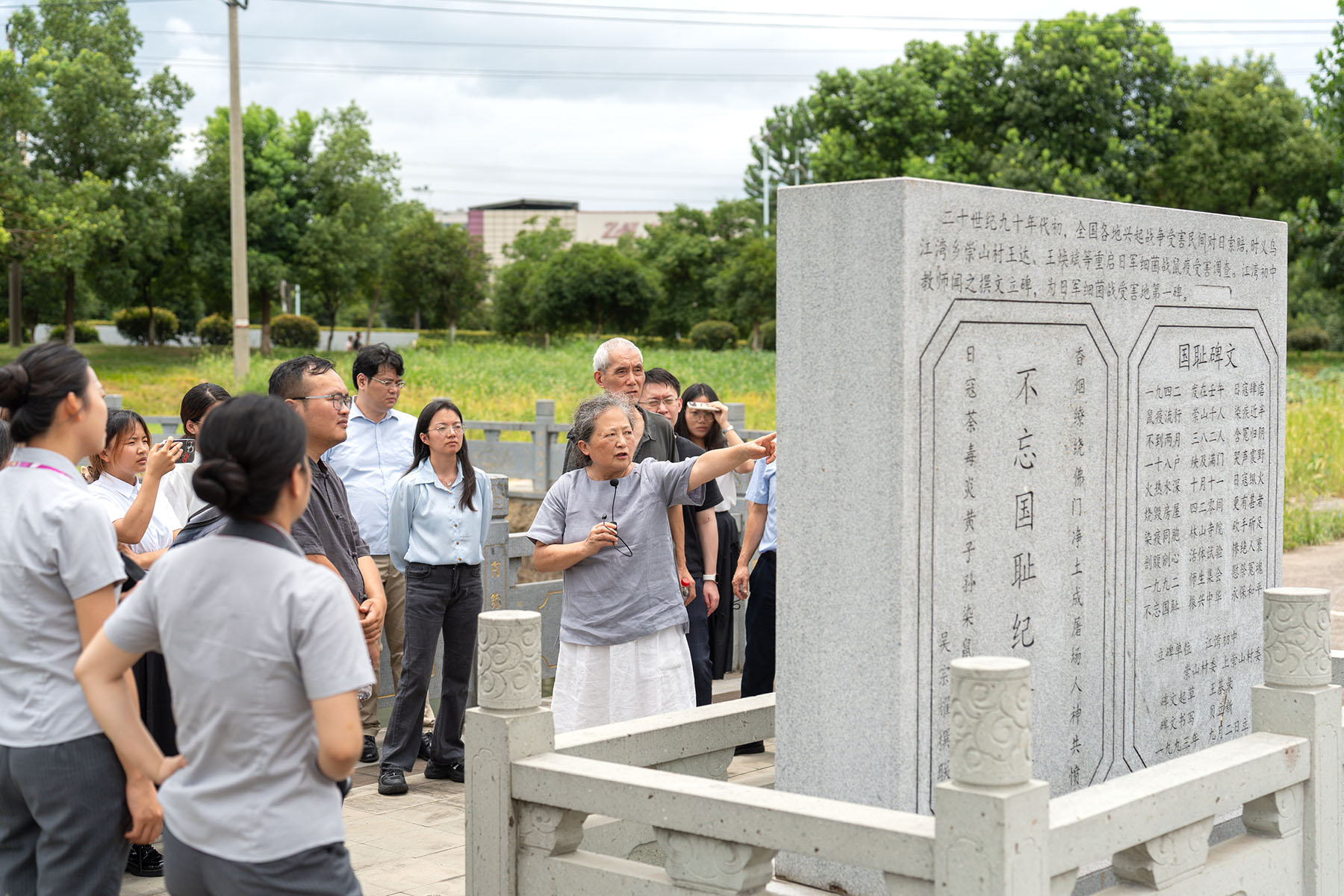
Experiments on the living
After developing various lethal infectious bacteria, such as plague, anthrax and cholera, experiments were conducted under conditions closest to a battlefield environment.
Tomio Karasawa, a former member of Unit 731, twice participated in experiments using bacteria to infect the living people. One was conducted in field conditions at a shooting range near Anda, a county around 120 kilometers far from Harbin.
"At the end of 1943, I took part in the experiments using the anthrax bacteria for the first time when 10 living people were involved in the experiment," Karasawa said in his testimony. "They were tied to the pillars at a distance of five meters and then we released the bacteria to infect them by using the broken pieces of the bomb which were 50 meters away from them.
"Some of them were infected and were sent back to Unit 731," he said. "Later I learned from the report that the infected were all dead."
The second experiment was conducted in the spring of 1944 in Changchun, Jilin province, with plague bacillus.
"A metal bucket filled with plague bacilli was put 10 meters away from the people, and then we detonated the metal bucket," he said. "However, as far as I know, the experiment failed."
In 1939, Unit 731 put biological weapons into use for the first time in the attacks against the Soviet Union in the Battles of Nomonhan. After that, Unit 731 twice organized expeditions to carry out biological warfare along the Zhejiang-Jiangxi Railway, in the provinces of Hunan, Jiangxi, and Zhejiang.
From 1941 to 1945, the Imperial Japanese Army chose to massacre people in Yuxian county, Shanxi province, by combining the release of bacteriological weapons and poison gases, historians said.
"Yuxian was an important part of Jinchaji base of resistance against Japanese aggression," said Gao Feng, director of the county's Party History Research Office. "The Japanese army carried out biological warfare in the region with the aim of undermining the Chinese people's will in resisting Japanese aggression, destroying the economic foundation of that resistance, and cutting off the logistic and troop support for the forces that were under the leadership of the Party, rendering them defenseless, and achieving their goal of long-term occupation."
He added: "There is a call to the international community to condemn and prohibit the research and use of biological weapons, providing people worldwide with a harmonious and safe living environment."
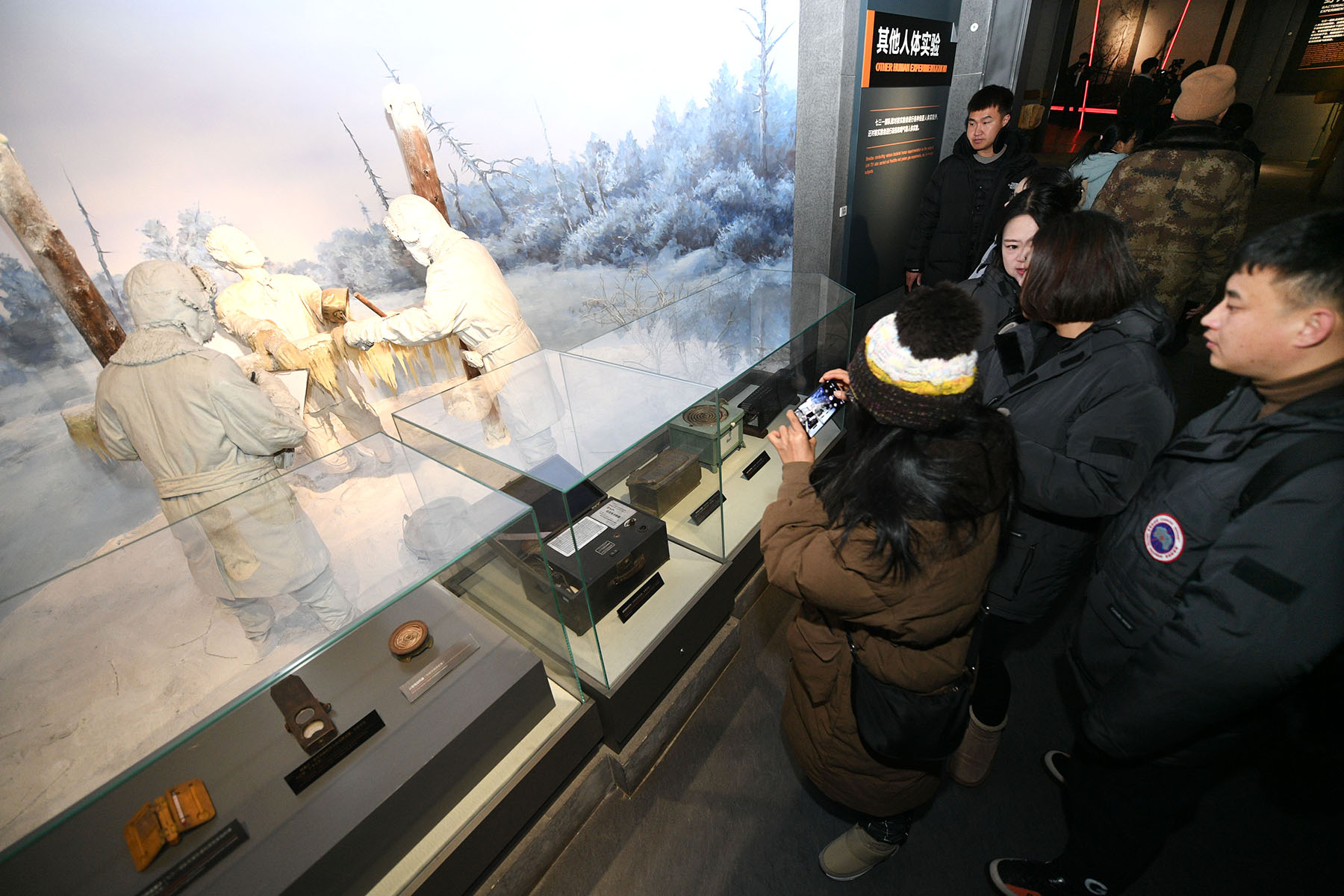
Veteran offers apology
In Yiwu Peace Park, less than 1 kilometer from Chongshan village, is the Exhibition Hall for the Historical Facts of the Japanese Army's Bacterial Warfare. Here, members of the public can view thousands of archives and newspapers, and over 700 historical photos, revealing the Japanese army's violations of international law and its inhumane actions during the invasion of China.
"Through collaborative efforts, materials and archives related to the Japanese Army's bacteriological warfare in China have become more comprehensive," said Wang.
"I have compiled all electronic documents related to the bacteriological warfare litigation, including recordings, videos, photos and maps, and donated them to the Yiwu City Archives. Yiwu is establishing a database for the bacteriological warfare litigation archives to reconstruct the complete historical process," she added.
Some Japanese veterans apologized and expressed repentance to the Chinese victims of their wartime actions.
On Aug 13, 2024, Hideo Shimizu, a former member of Unit 731, returned to Harbin after 79 years to acknowledge the crimes committed by his detachment during the war.
He stood with his head bowed and hands folded in front of the Apology and Peace Monument at the Exhibition Hall of Evidences of Crime Committed by Unit 731 of the Japanese Imperial Army, publicly repenting.
Shimizu was about 14 years old and among the last batches of Unit 731 Youth Corps members when he was sent to Harbin in March 1945. He spent more than four months witnessing the war crimes committed by his unit, including the cultivation of pathogens, human dissections and experiments on humans.
ALSO READ: New evidence of historical Japanese germ-warfare unit on display
Shimizu recalled the day when he was taken to a herbarium used to display body parts inside the lab complex. "There were all kinds of human specimens inside — the heart, the stomach, the lungs. I was shocked by the brutality."
On Aug 14, 1945, Shimizu fled China with the retreating Japanese forces.
After returning to Japan, Shimizu was haunted by the guilt of what he saw and what he was forced to participate in.
In 2016, he revealed his identity as a former Unit 731 member and began to expose the atrocities committed by the Imperial Japanese Army through public speeches and interviews, aiming to reveal historical truths.
"Historical facts cannot be covered up," said Shimizu.
"I was determined to return to the site of Unit 731 before I die to express my deepest apologies to the Chinese people who had been hurt, and hope to arouse more people's reflection and vigilance, cherish the hard-won peace, and avoid the recurrence of the tragedy of war."
Contact the writers at zhouhuiying@chinadaily.com.cn


